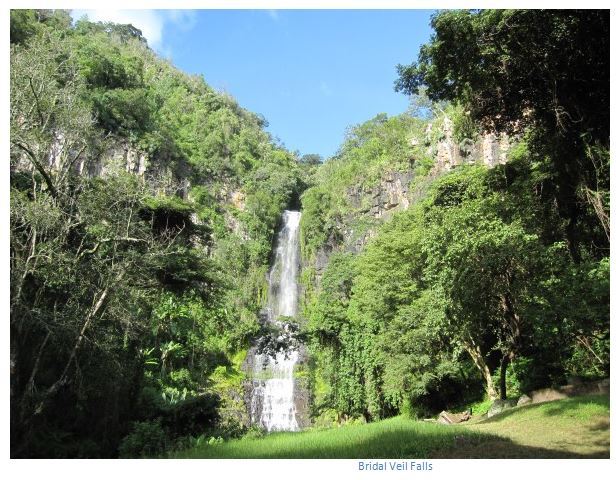Table of Contents
Best 5 Reasons To Visit Chimanimani National Park In Zimbabwe
The best 5 reasons to visit Chimanimani National park in Zimbabwe include; hiking, hot springs, bridal veil falls, tessa’s pool, and birding.
One of the top visited national park in Zimbabwe is the Chimanimani National Park because of its finest mountain wilderness. The size of the park is 171 square kilometers at the southern point of the Eastern Highlands, and it stretches about 50 kilometers along the border with Mozambique. It is known for hiking destination with magnificent vista’s and many outstanding features which are unique to the area.
Here mostly what is more fun and fine about Chimanimani National park are the breath-taking beauty and pristine environment that has always drawn adventurous travelers.
1. Hiking In Chimanimani National Park
The Chimanimani mountains are the perfect match for adventurers hikers. This ancient mountain range lies on the border of Zimbabwe and Mozambique.
The mountains are incredibly scenic with peaks ranging from 1969 feet (600 m) at the southern end to approximately 1.5 miles (2 400m) high. The tallest crest belongs to the glorious Mount Binga.
This mountain is the highest in Mozambique and the second-highest in Zimbabwe. A real challenge for the avid hiker!
2. Hot springs In Chimanimani National Park
Hot springs are located 80 km south of Mutare in Zimbabwe.[1] It is located near Nyanyadzi and Chiyadzwa diamond fields. The water from the springs is said to have medicinal and healing properties. The District Council of Chimanimani set priorities to complete the Hotsprings Clinic in Manicaland which will serve thousands of people who live in the surrounding area.
3. Bridal veil falls In Chimanimani National Park
Bridal Veil Falls are 4km by road from the village, getting to Bridal Veil Falls requires a drive east through Chimanimani village and then turning north at the turn off for the Frog and Fern Cottages.
They are famous for their beauty and relative remoteness; as such, the site has become a destination for photographers and ecotourists. Also there is a campsite with picnicking and braai facilities for visitors.
4. Tessa’s pool In Chimanimani National Park
Tessa’s Pool was named after Tessa Ball, daughter of Orchidologist John Ball. It is one of a small series of pools at the foot of the Chimanimani mountains. It is situated in a valley in a very wild and romantic environment.
5. Birding In Chimanimani National Park
Chimanimani is the perfect place to spend your day looking for the beautiful Sunbirds, a long tailed Weaver or even some birds of prey. With over 450 species, including 23 Afrotropical Highland biome birds, there is a lot to see.
When to visit the park
The best time to visit Chimanimani National Park is just after rainy season – between March and July, when there is more green vegetation. The dry season (winter) is usually cool and sunny providing perfect walking weather, although it can be very cold at nights. The area is prone to cloudy conditions, sudden storms and mists in the hot wet season (summer) although these are normally short-lived.
HOW TO GET TO THE PARK
Chimanimani National Park is located about 430 km from Harare the main capital of Zimbabwe. The Park can be reached across the border from Machipanda, the city of Beira (Beira Corridor) from the city of Chimoio. The reserve has several road connections with the north, center and south of Mozambique, as well as with Zimbabwe.
ACCOMMODATION IN CHIMANIMANI NATIONAL PARK
MONAGERA COTTAGE AND HUNTERS MOON
Monagera Cottage and Hunters moon are situated in the Vumba, a small part of the long chain of mountains that define the eastern border of Zimbabwe. The location lies on the edge of Mutare which is the provincial capital of Manicaland.
Conclusion about best 5 reasons to visit Chimanimani National Park
Book with KUBWAFIVE SAFARIS to have your lifetime experience in Chimanimani National park

